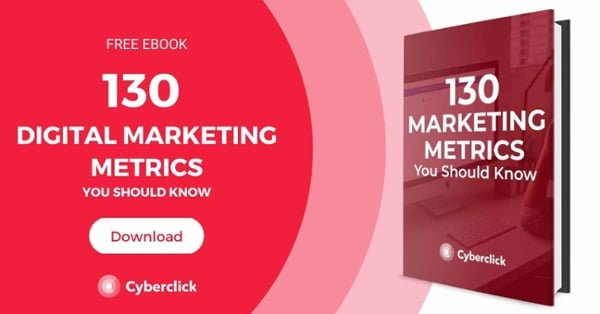By Nerea Boada, on 24 November 2016
If you work in digital marketing, you have surely heard the news: email marketing is back. The latest studies show us that this marketing tool is more alive and efficient than ever, thanks to the reign of the smartphone.
On the other hand, email inboxes are simply overflowing and saturated with information, meaning it’s not always easy to create truly effective email marketing campaigns. To help you out, I would like to share with you today the 4 common most email marketing problems and how to solve them.
1. Your Contact List Isn’t Growing Enough
The first ingredient for an effective email marketing campaign is a database of contact who are actually interested in receiving what you have to say. The good news is that there are many ways to grow your contact list. Here are some strategies that tend to work quite well, but no matter which one you choose, remember the most important ingredient for success is to consistency.
- Make it easy for your visitors. Make sure your newsletter subscription form is visible, easy to find and quick to fill out. If you want to guarantee the best results, subscription links on every page of your website.
- Be careful with incentives. A very common strategy is to offer users a discount, a prize or free content in exchange for their subscription. But aside from this initial motivator, be sure to show your users that your content is worth it just in and of itself. Try anticipating their questions and explain why they should subscribe. It can also be a good idea to include a kind of “social validation” by showing a count of how many people have already subscribed.
- Make the most of the potential of social media to grow your email list. You can launch a special offer on Facebook that requires users to leave their emails, for example, add CTAs to your YouTube channel or launch a lead generation campaign on Twitter.
- Combine your online and offline marketing channels. Sometimes, we focus so much on digital that we forget the value of more traditional tools... but there is no reason not to combine them both. Holidays, conferences, showrooms and other events are the ideal place to get contacts to include in your email database.
2. Your Contact List Is Too Long
The other extreme can also come as a problem: sometimes, a subscription list that is too long can be more of a headache than a help. If your database is becoming unmanageable, here are some tips to clean it up:
- Eliminate all emails that bounce or aren’t delivered.
- Detect the inactive users and get on the case of getting them to return and interact with your campaigns - by using special offers or promotions, for example. If they don’t respond within a certain amount of time, eliminate them.
- Eliminate any generic email accounts, like those that start with info@, help@, contact@ and so on.
- Make new subscribers confirm that they want to be a part of the list, by clicking on a ink you send them in an email, for example.
- If you have already tried all of these ideas and your list is still too big, then the time has come to divide them into sublists, by, for example, the source of the contact, types of products they are interested in or their activity level.
3. You Send Too Many Emails
You now have the permission of enough people to start sending them your emails, but resist the temptation to bombard them! According to a study by The Technology Advice, 43% of subscribers wish companies would send them emails with less often. If you overcommunicate, your users will feel overwhelmed and start to unsubscribe from your list. If you want to improve your results and avoid spamming, follow these recommendations:
- Keep your user’s needs in mind. Rather than planning to send them contact every X days, think of what they actually need. That said, I recommend sending at least one email a month.
- Another approach is to build email marketing campaigns based on behavior, that respond to different user actions (instead of being sent every X days.)
- Don’t treat everyone on your list the same: make an effort to determine the ideal frequency for each group and never stop testing.
- And if you really want to get the perfect moment to send your emails, don’t miss this article about the best days for your email marketing campaigns.
4. Your Emails Are Too Generic
No one likes getting irrelevant information. Which is why the last tip to improve your email marketing campaigns is to personalize them as much as possible. These suggestions will help:
- Pay attention to the subject. First impressions are crucial, as you already know, and emails are no exception. Avoid generic email subjects and make an effort to create a title that will catch people’s eye and motivate them to open your email.
- Be careful with headers. A good subject will help you dodge the spam folder; a good header is your ally to show you brand’s image. This is your opportunity to add in your company logo, name and links to the most relevant pages on your website. Make the most of it!
- Avoid clichés. A personalized message has to be personal, so avoid being the same as everyone else. If needed, hire a professional to help you create impactful emails that reflect your company’s personality.
- A picture is worth a thousand words. Your email’s looks is very important, so pay the utmost attention to their design and make sure it looks good on different devices.
- Add a product gallery. Last of all, if you run an ecommerce, don’t forget to include personalized product lists in your emails to maximize conversion possibilities.


